Joan Hinton, 1921–2010
The U.S. physicist who did farm work for Mao
As a young woman during World War II, Joan Hinton worked on the Manhattan Project, the crash program to design and build an atomic bomb. But after the bomb was used twice on the Japanese, she was heartsick, and in 1948 she left the U.S. for China, to join the revolutionary brigades of Mao Tse-tung.
Hinton, who died at 88 last week in Beijing, was born in Chicago and grew up in Vermont farm country, said The Wall Street Journal. Her mother, Carmelita Chase Hinton, founded the progressive Putney School, “where students learned to milk cows and were encouraged to study what they liked.” Her father, Sebastian Hinton, invented the jungle gym. Joan Hinton had an aptitude for physics and skiing, a combination that inspired the nickname she was given when she tried out for the Olympic ski team in 1940: “Atomic Joan.” She made the team, but the games were canceled when the war started.
After earning a doctorate at the University of Wisconsin in 1944, she became the youngest scientist recruited into the Manhattan Project, said The New York Times. But her initial excitement over the bomb turned to outraged opposition after the weapons she helped design obliterated Hiroshima and Nagasaki. She became “an outspoken peace activist,” and gave up physics. In 1948, she left the U.S. for what she thought would be a two-year visit to China. She was to remain there the rest of her life, a devoted follower of Mao. With her husband, Erwin Engst, an American dairy-cattle expert, she designed and built continuous-flow milk pasteurizers and other farm machinery. Her enthusiasm for the Chinese revolution never waned. “Of course I was 100 percent behind everything that happened in the Cultural Revolution,” she said in 2008. “It was a terrific experience.”
The Week
Escape your echo chamber. Get the facts behind the news, plus analysis from multiple perspectives.

Sign up for The Week's Free Newsletters
From our morning news briefing to a weekly Good News Newsletter, get the best of The Week delivered directly to your inbox.
From our morning news briefing to a weekly Good News Newsletter, get the best of The Week delivered directly to your inbox.
A free daily email with the biggest news stories of the day – and the best features from TheWeek.com
-
 Political cartoons for December 20
Political cartoons for December 20Cartoons Saturday’s political cartoons include drowning rats, the ACA, and more
-
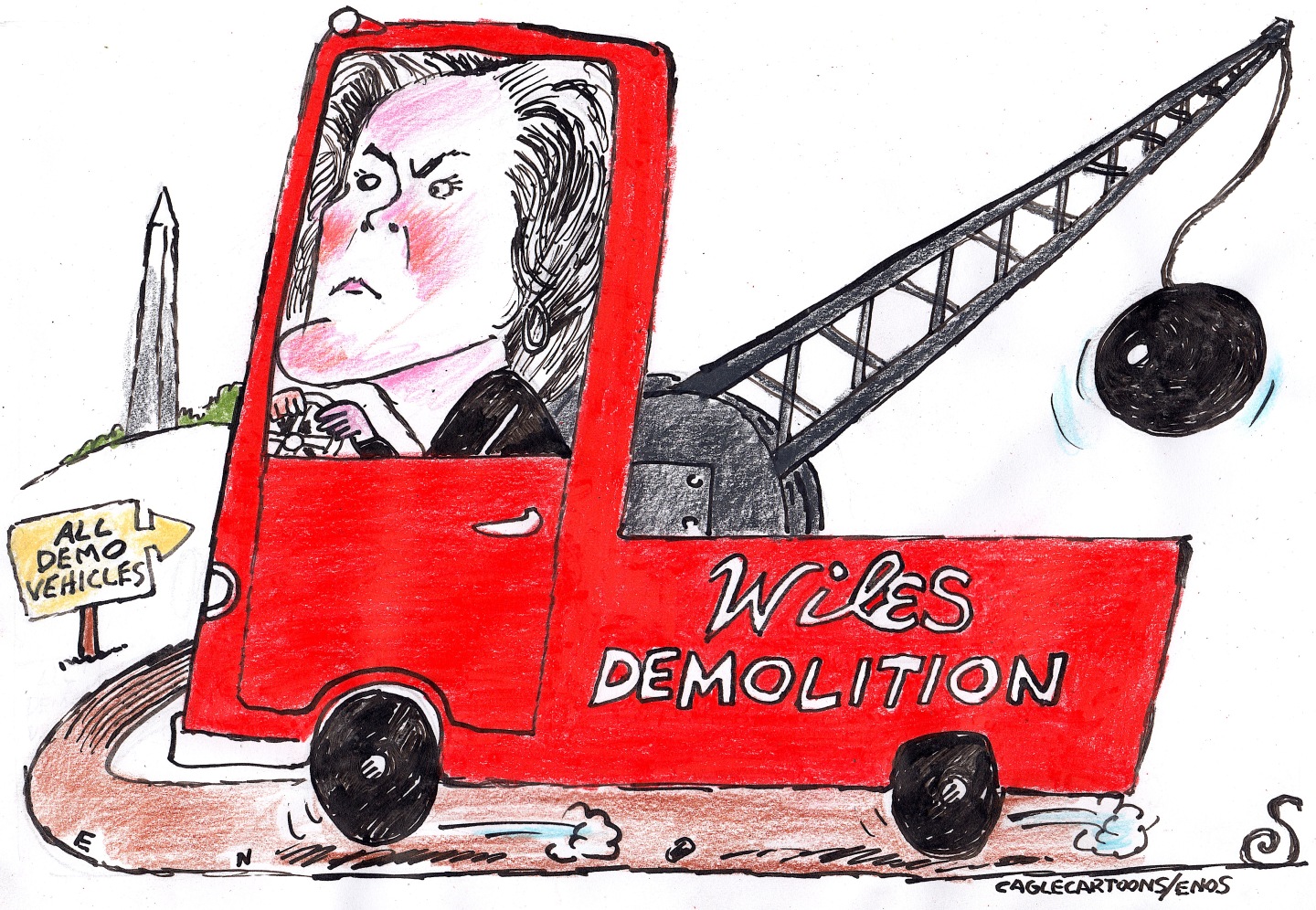 5 fairly vain cartoons about Vanity Fair’s interviews with Susie Wiles
5 fairly vain cartoons about Vanity Fair’s interviews with Susie WilesCartoon Artists take on demolition derby, alcoholic personality, and more
-
 Joanna Trollope: novelist who had a No. 1 bestseller with The Rector’s Wife
Joanna Trollope: novelist who had a No. 1 bestseller with The Rector’s WifeIn the Spotlight Trollope found fame with intelligent novels about the dramas and dilemmas of modern women
-
 Joanna Trollope: novelist who had a No. 1 bestseller with The Rector’s Wife
Joanna Trollope: novelist who had a No. 1 bestseller with The Rector’s WifeIn the Spotlight Trollope found fame with intelligent novels about the dramas and dilemmas of modern women
-
 Frank Gehry: the architect who made buildings flow like water
Frank Gehry: the architect who made buildings flow like waterFeature The revered building master died at the age of 96
-
 R&B singer D’Angelo
R&B singer D’AngeloFeature A reclusive visionary who transformed the genre
-
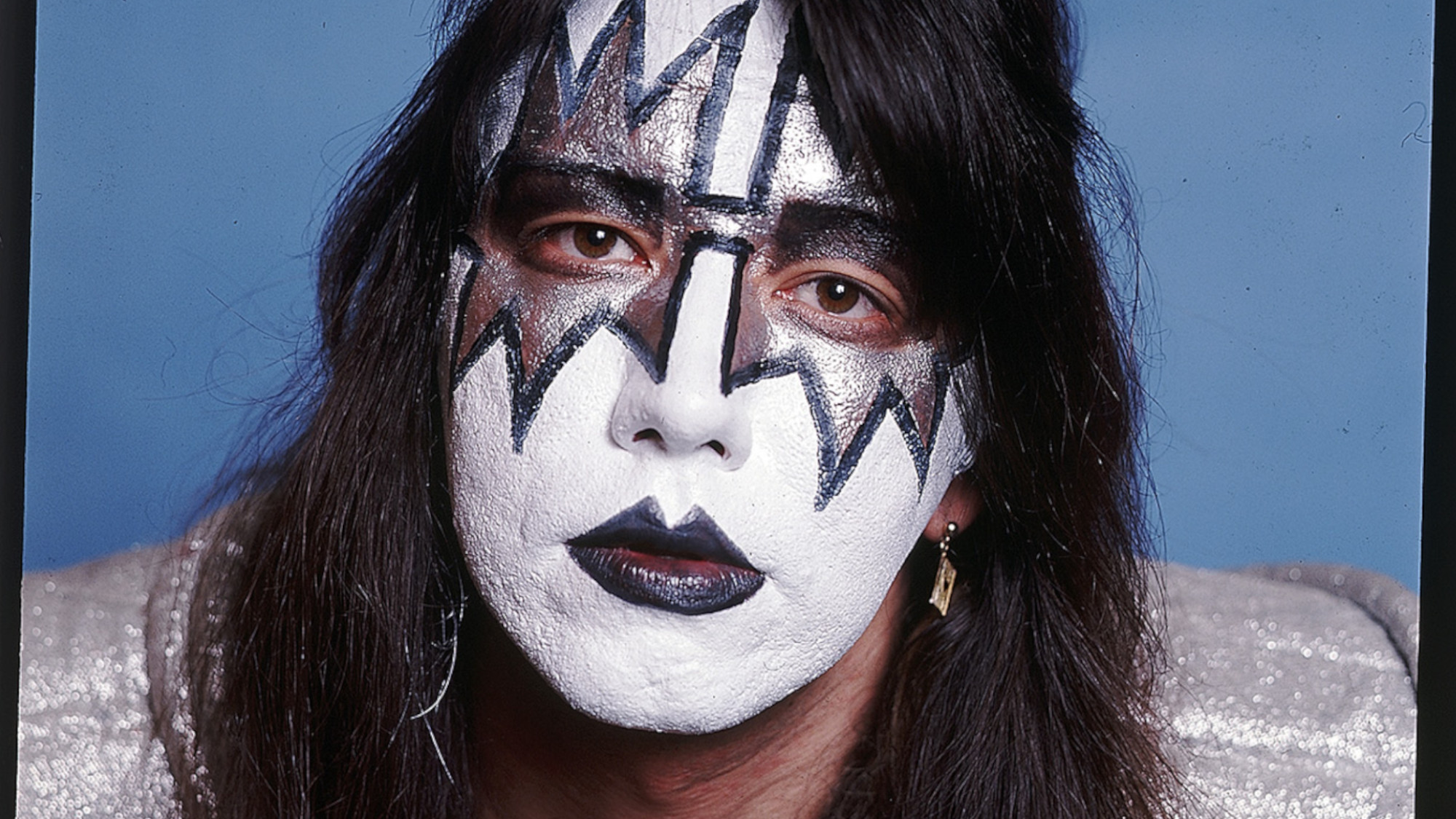 Kiss guitarist Ace Frehley
Kiss guitarist Ace FrehleyFeature The rocker who shot fireworks from his guitar
-
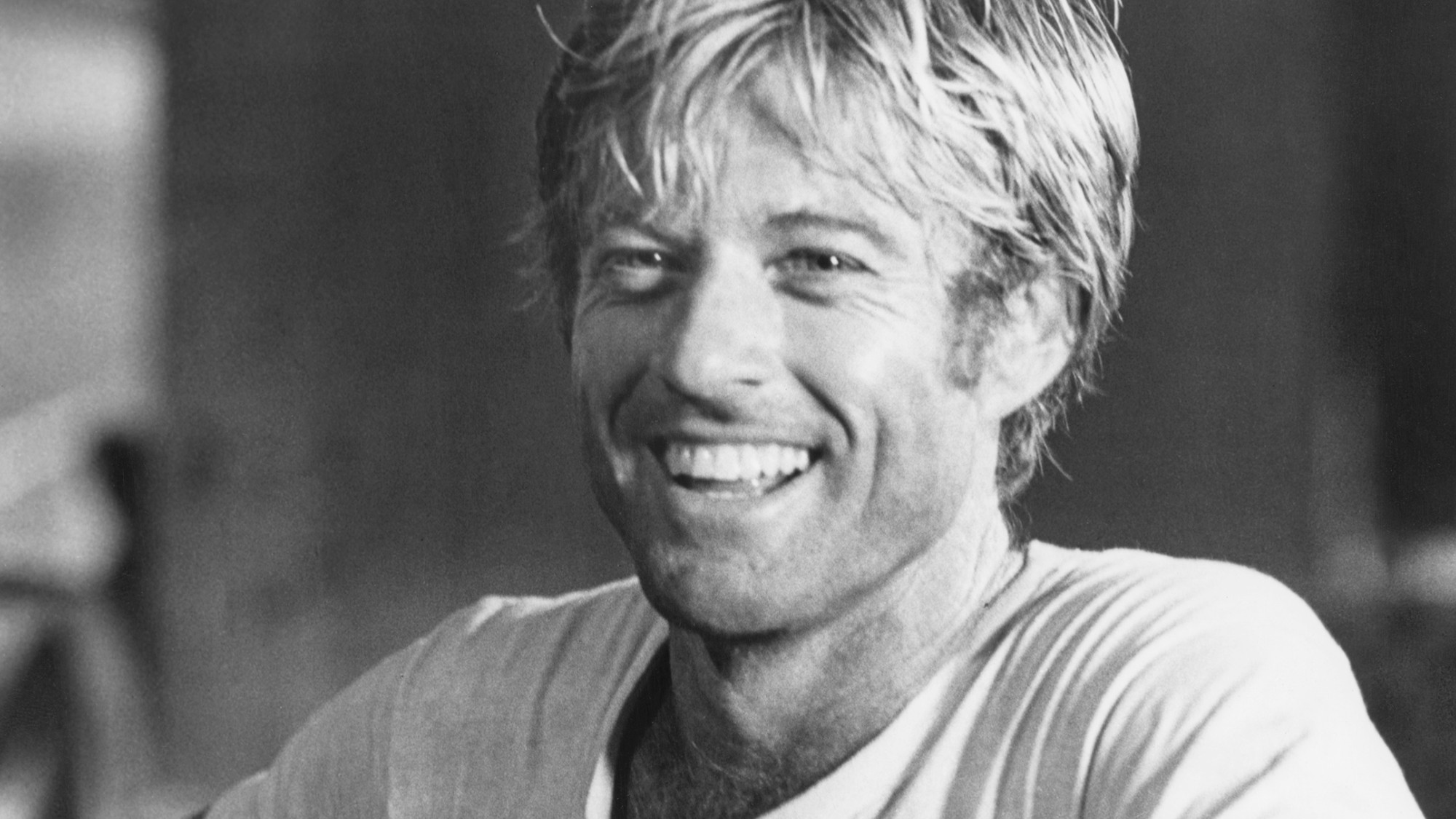 Robert Redford: the Hollywood icon who founded the Sundance Film Festival
Robert Redford: the Hollywood icon who founded the Sundance Film FestivalFeature Redford’s most lasting influence may have been as the man who ‘invigorated American independent cinema’ through Sundance
-
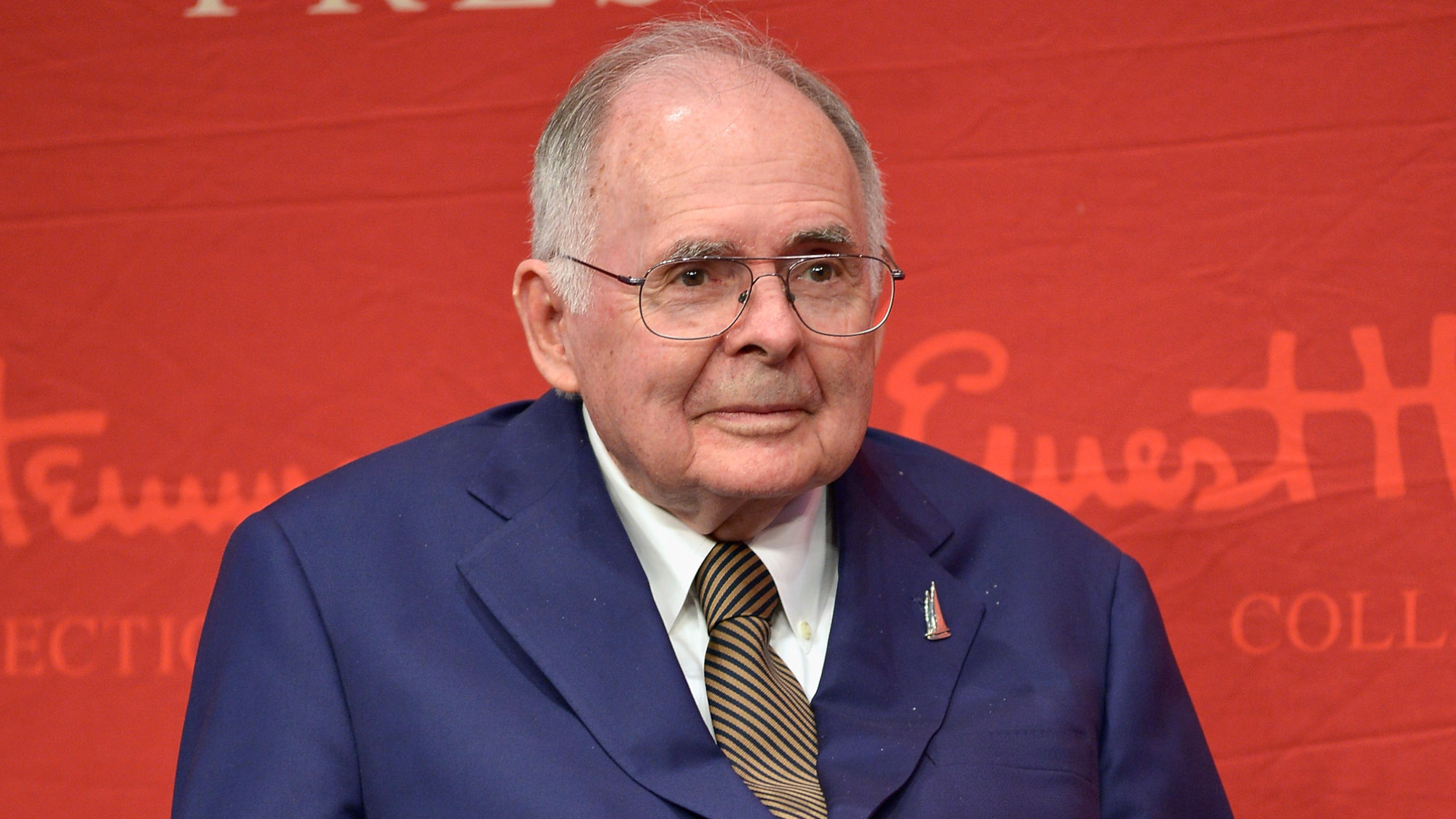 Patrick Hemingway: The Hemingway son who tended to his father’s legacy
Patrick Hemingway: The Hemingway son who tended to his father’s legacyFeature He was comfortable in the shadow of his famous father, Ernest Hemingway
-
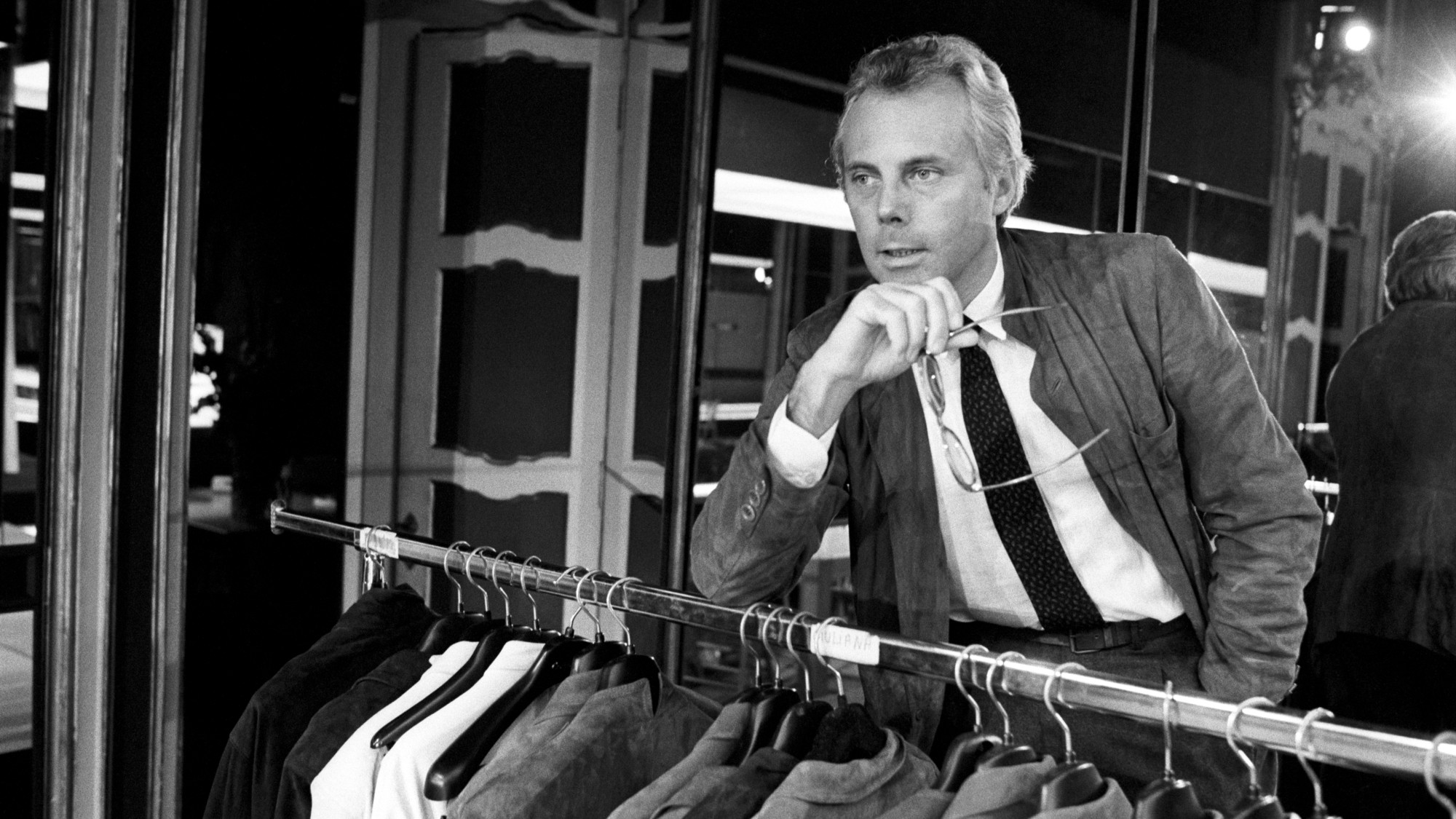 Giorgio Armani obituary: designer revolutionised the business of fashion
Giorgio Armani obituary: designer revolutionised the business of fashionIn the Spotlight ‘King Giorgio’ came from humble beginnings to become a titan of the fashion industry and redefine 20th-century clothing
-
 Ozzy Osbourne obituary: heavy metal wildman and lovable reality TV dad
Ozzy Osbourne obituary: heavy metal wildman and lovable reality TV dadIn the Spotlight For Osbourne, metal was 'not the music of hell but rather the music of Earth, not a fantasy but a survival guide'